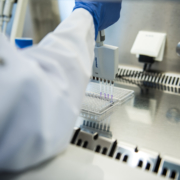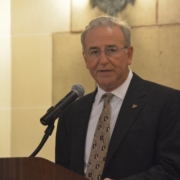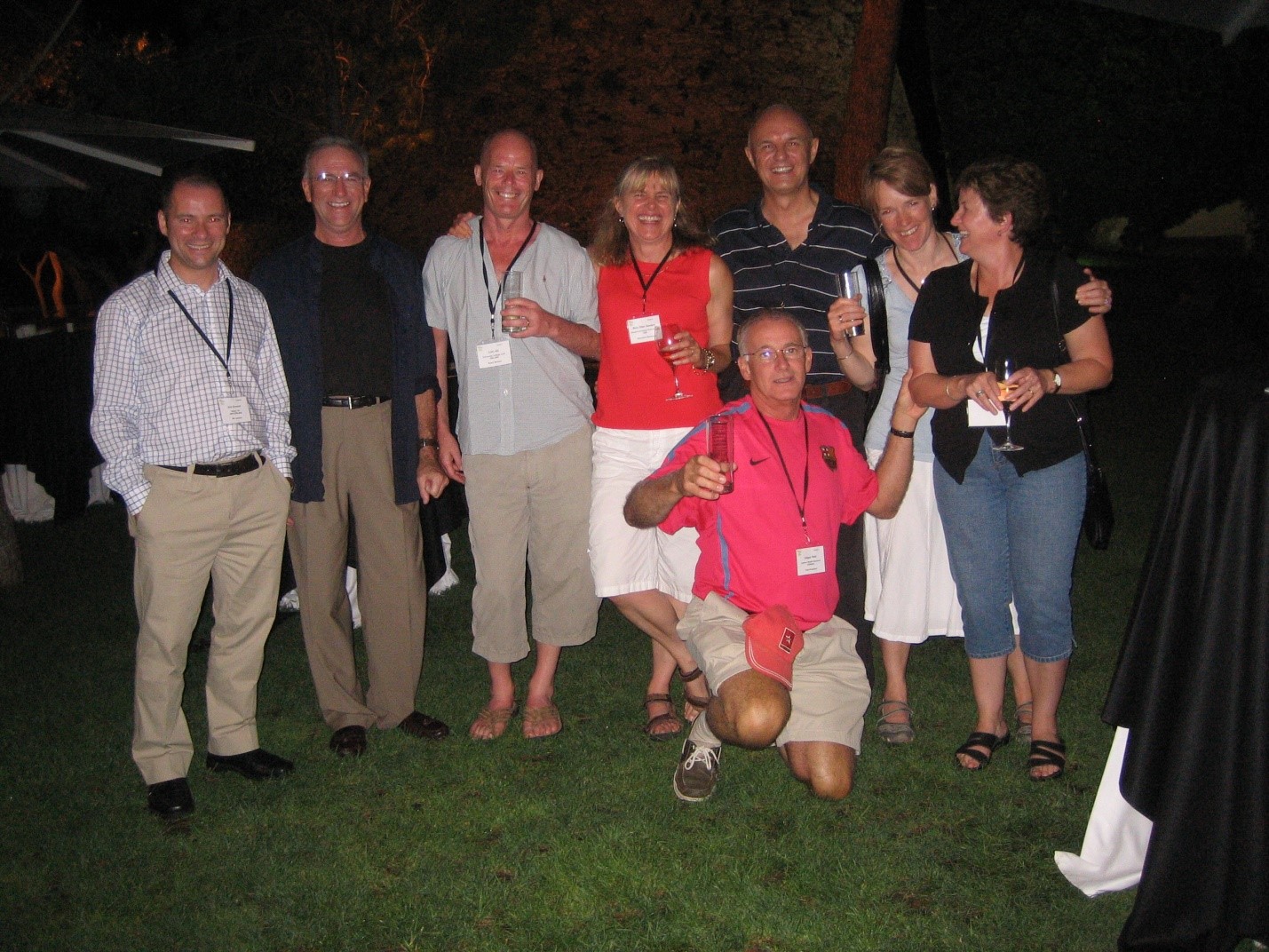Fermented Food Microbiology Researcher in Mohali, India Receives 2024 Gregor Reid Award for Outstanding Scholars in Developing Nations
ISAPP’s board of directors is happy to announce the 2024 winner of the Gregor Reid Award for Outstanding Scholars in Developing Nations: Dr. Rounak Chourasia PhD, a research associate at the National Agri-food Biotechnology Institute in Mohali, Punjab (India).
Dr. Chourasia’s work focuses on discovering microorganisms with specific properties that contribute to the enhanced health benefits of a traditional cheese called chhurpi from Sikkim Himalaya (a state in Northeast India). He has developed a process for the production of milk cheese using selected strains of lactic acid bacteria, resulting in the release of novel bioactive peptides with potential nutraceutical applications. Furthermore, he has applied selected microbial strains to develop bioactive peptide-enriched novel soybean cheese suitable for those with lactose intolerance. The research has not only contributed to knowledge about the functional properties of chhurpi, but has also provided a foundation for helping local farmers expand their entrepreneurial opportunities.
Dr. Chourasia received both a Bachelor and Master of Science in microbiology from the University of North Bengal, India, followed by a PhD in biotechnology in 2023 from the Institute of Bioresources and Sustainable Development (DBT-IBSD), regional centre, Sikkim, and Kalinga Institute of Industrial Technology (KIIT) University under the guidance of Dr. Amit Kumar Rai and Prof. Dinabandhu Sahoo.
The 2024 committee selected Dr. Chourasia from among the many qualified candidates for the Gregor Reid Award for Outstanding Scholars in Developing Nations in this inaugural year. ISAPP established the award in honor of Dr. Gregor Reid PhD, for the purpose of recognizing and supporting early career researchers within low and middle income countries (LMICs). Dr. Reid is a founding board member of ISAPP, former President of ISAPP, and founder of the ISAPP Students and Fellows Association (SFA), whose work in LMICs throughout his career showed his commitment to scientific excellence, innovation, and community development.
Dr. Chourasia will receive an award plaque and will speak about his work at the ISAPP annual meeting in July, 2024.












